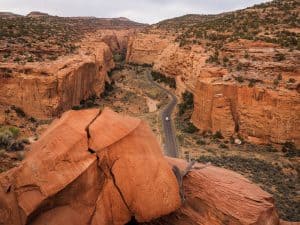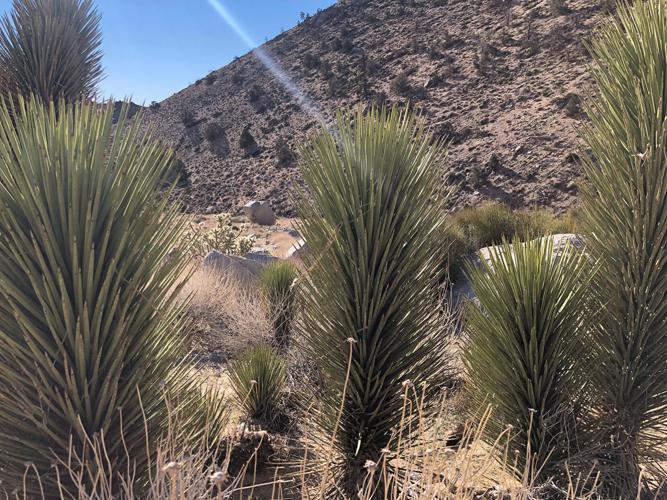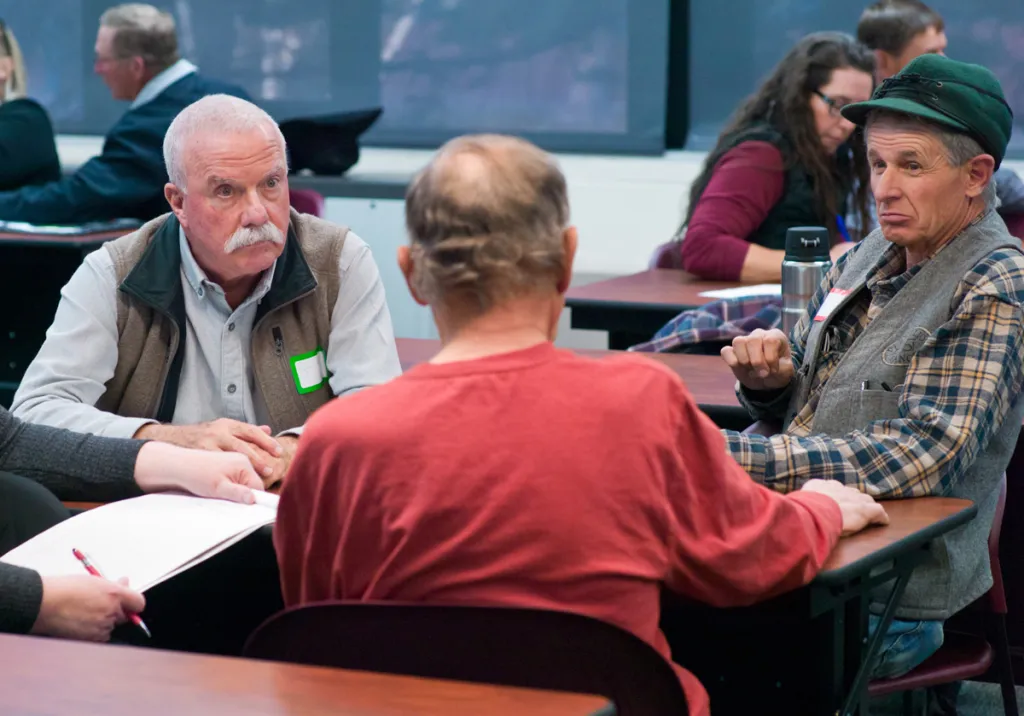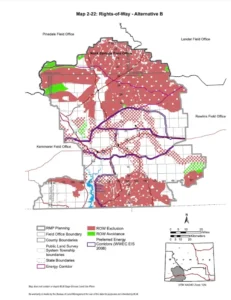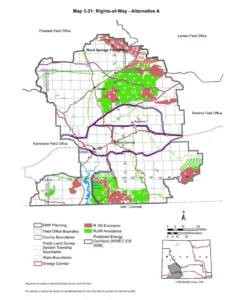Polarization seems a bit like the weather.. everyone talks about it, but no one does anything about it. I can think of a variety of Big Ideas to reduce it, but the people who have gained political power via riding the polarization horse have little interest in putting it out to pasture. So I’d propose simpler and tinier solutions which might ultimately add up to something larger.
We have two multiple-use agencies at this time, the BLM and the Forest Service. FLPMA has the BLM Director be a political appointee. The Forest Service Chief is not (although certainly approved by the Admin). Folks I know who have worked in both agencies say that the policy pendulum in the Forest Service does not swing as far as with BLM.
As Governor Freudenthal (D) of Wyoming noted in 2010 for the BLM:
Unfortunately, Washington, D.C. seems to go from pillar to post to placate what is perceived as a key constituency. I only half-heartedly joke with those in industry that, during the prior administration, their names were chiseled above the chairs outside the office of the Assistant Secretary for Lands and Minerals. With the changes announced yesterday, I fear that we are merely swapping the names above those same chairs to environmental interests, giving them a stranglehold on an already cumbersome process.
Suppose just a tiny tweak.. suppose FLPMA was amended to require the BLM Director to be a career employee? (This could also be done for all the Director roles at Interior, NPS, USFWS, BOR and BIA). The Assistant Secretaries, Deputy Secretary and Secretary would then, similar to the FS, be politicals to develop the President’s policy as the result of the election. Career Directors should have expertise and agency management experience (preferably in the field, and in the case of BLM, in the West) and work to implement the policy as developed by the politicals. At BLM currently there is the Director (PAS) and one of two Deputy Directors as politicals and some lower level schedule C’s politicals. If you have too many politicals around in positions of power, it is likely that everything is seem through a partisan lens. And they don’t always hear different views. First, it’s easy to discount voices from the other party (they are not worth listening to) and people from their own party who disagree don’t always feel comfortable telling them (you’re either with us or against us; or fear of ticking off powerful people in their own party and possibly future retaliation). So it’s easy (especially with no career feds around who have western field experience) to be in an echo chamber and rely on people from your past life (ENGOs or industry) for info. It leads to a situation in which people closer to the ground could come to agreement, but the politicals in DC cannot.
Fundamentally, to my mind, the best land solutions are developed locally by local people with local knowledge and local research.
One thing that struck me about Governor Gordon’s letter was the contrast between how this decision was made and the idea of environmental justice.
EPA defines “environmental justice” as the fair treatment and meaningful involvement of all people regardless of race, color, national origin, or income with respect to the development, implementation, and enforcement of environmental laws, regulations, and policies. EPA has this goal for all communities and persons across this Nation. It will be achieved when everyone enjoys the same degree of protection from environmental and health hazards and equal access to the decision‐making process to have a healthy environment in which to live, learn, and work.
My bold. Perhaps EJ does not include “all people regardless of whom they vote for”?
Why throw out all that work, and throw the BLM employees under the bus? For indeed, they and the State and the local folks have put a great deal of work into these plans. Fpr twelve years.
Our political friends come in to Interior and spend a few years making decisions (without having direct experience of these places and people; often without natural resources backgrounds at all). They are just passing through on their way to their next law firm, ENGO or industry post. Meanwhile, BLM employees have to live with the mistrust and the bad decisions that the politicals generate, in the grocery store, in the bleachers at the high school basketball game, and so on, for their entire 30 year ish career. I’d rather that public involvement was not an elaborate hoax, and that politicals put a finger (tip?) on the scale rather than ignoring it. For some westerners, picking a surprise alternative seems like an intentional sharp stick in the eye, and if we question it, we are incipient Bundys (not people seeking environmental justice), and so the unproductive cycle continues. Our access to federal land, our recreation and in some cases, our livelihoods, are pawns in the R/D chess game, effectively without agency. Not exactly EJ, to my mind, nor any justice at all.
If Congressfolk asked me “why do this FLPMA amendment now?” I’d say it’s a tiny step towards reducing polarization. If we are in a climate emergency, we need BLM employees (who, we remember, are down in numbers to the extent that the Admin is concerned) to not waste their time on doing and redoing plans based on the predilections of people in each Administration. We think that the stakeholders and people who work on developing agreements and those who give public comment need to be fairly and meaningfully involved- just like the definition of EJ.. which would mean that the people in the room making the decision would be immersed in those views and agreements. We want to build trust and the foundation for States, feds, Tribes and locals to work better together. Things apparently haven’t changed much between Freudenthal’s and Gordon’s concerns- in the last 10 years. If we want to build a national effort to decarbonize and to adapt to climate change (the Wildfire Commission says wildfire is an emergency). We need to work together better across federal, state and local governments.
I’ll end with another quote from Governor Gordon’s letter, that talks about fostering relationships that lead ultimately to better governance:
Until very recently, the BLM has been a major partner, along with state and local entities, in bringing about consensus-based Wyoming solutions to major land management questions. Wyoming is a national leader on Greater Sage Grouse, migration corridor management, and responsible development. We did that with local support, stakeholder buy-in, and rigorous on the ground work. That work was not simple or easy, but it showed a respect for the resources and the people of the area. The BLM’s RMP and Preferred Alternative threaten to eliminate all the hard work accomplished by bulldozing over state executive orders, stakeholder engagement, and interagency agreements. Simply put, existing and future partnerships are in jeopardy. A federal fiat won’t run efficiently or well over such a bumpy road.
There is a substantial amount of trust placed in our federal government to manage our public lands effectively and according to law. That trust is fragile and should never be abused. One of the BLM’s Guiding Principles is, “To cultivate community-based conservation, citizen-centered stewardship, and partnership through consultation, cooperation, and communication.”
I think a simple FLPMA amendment would go a long way in that direction.
